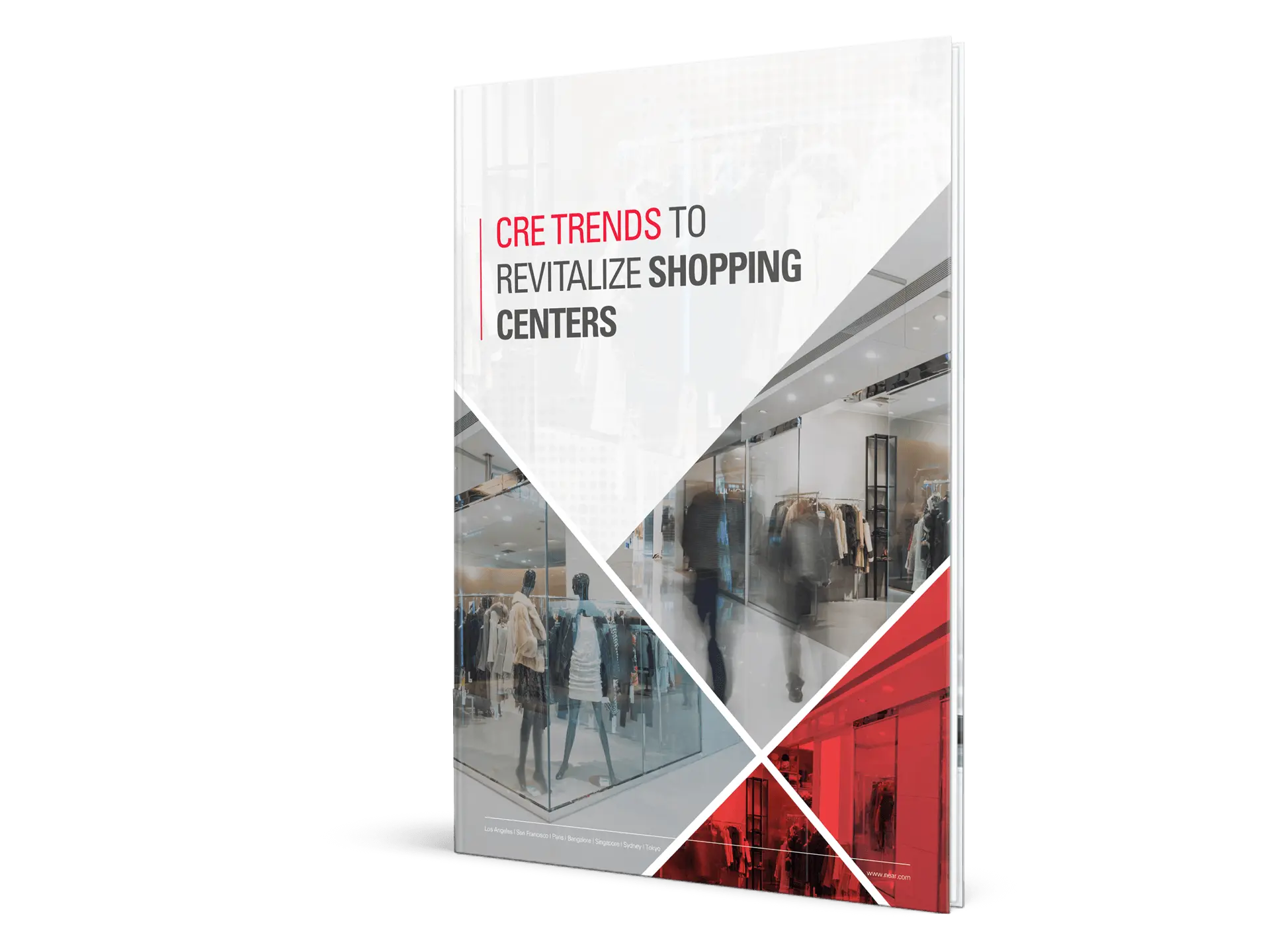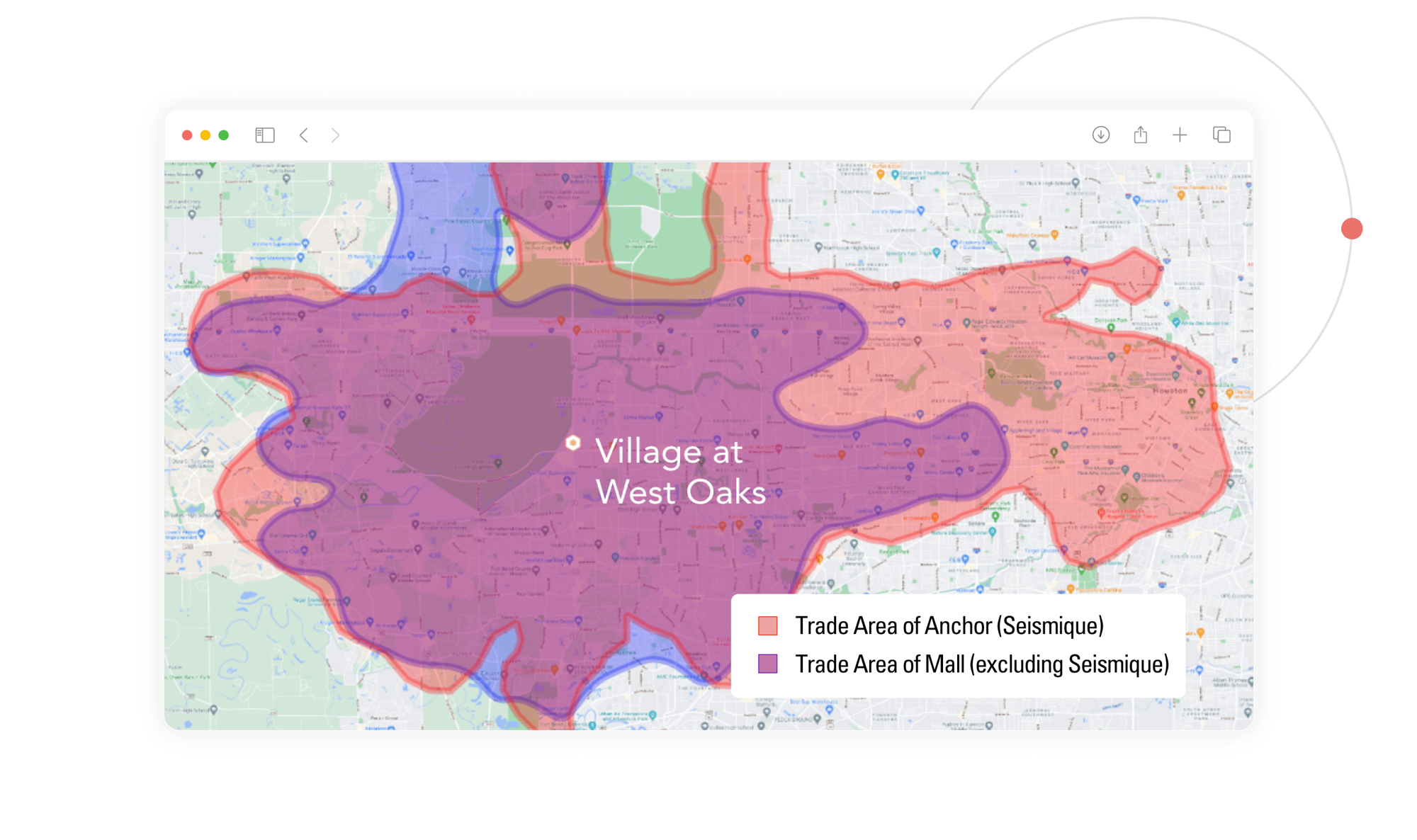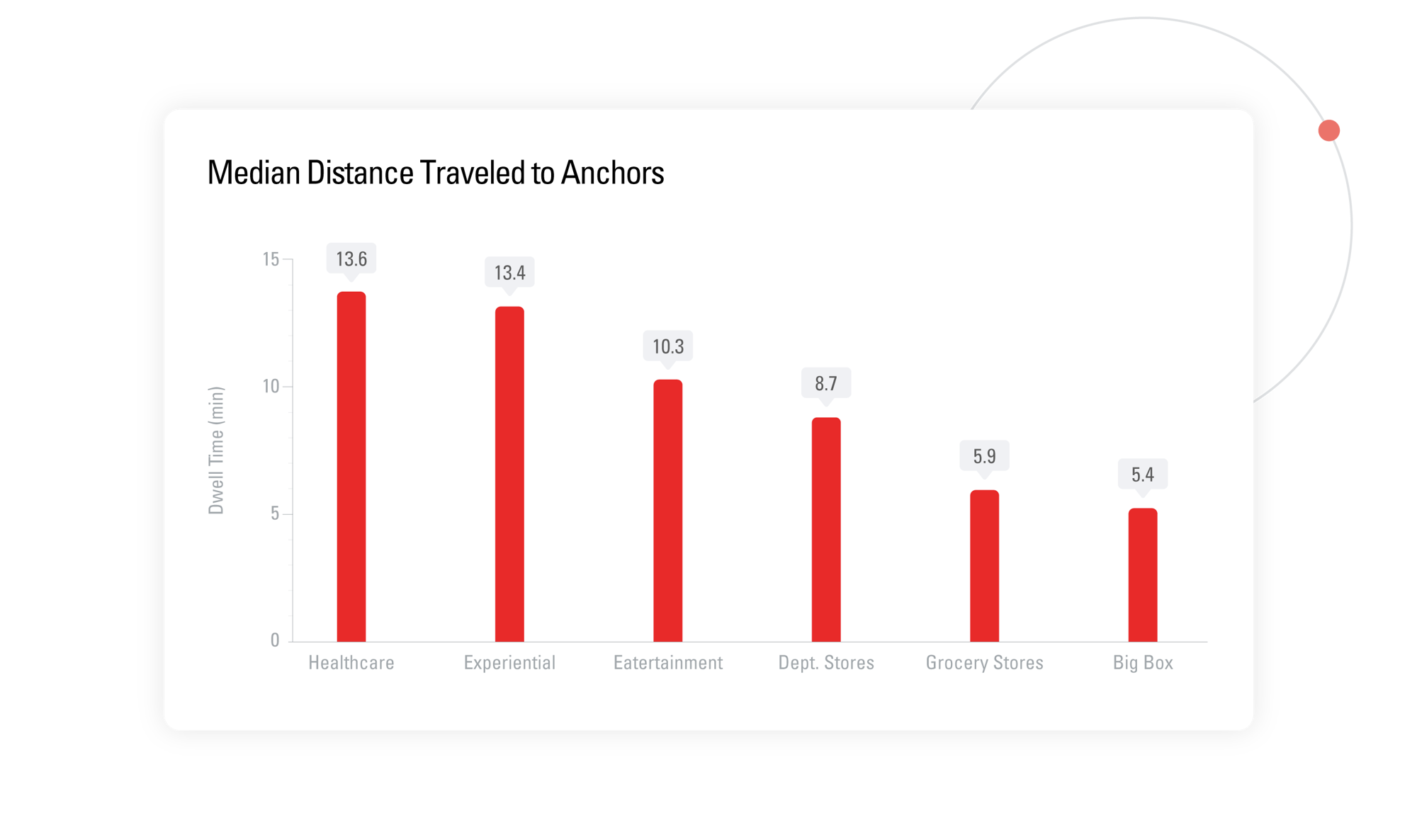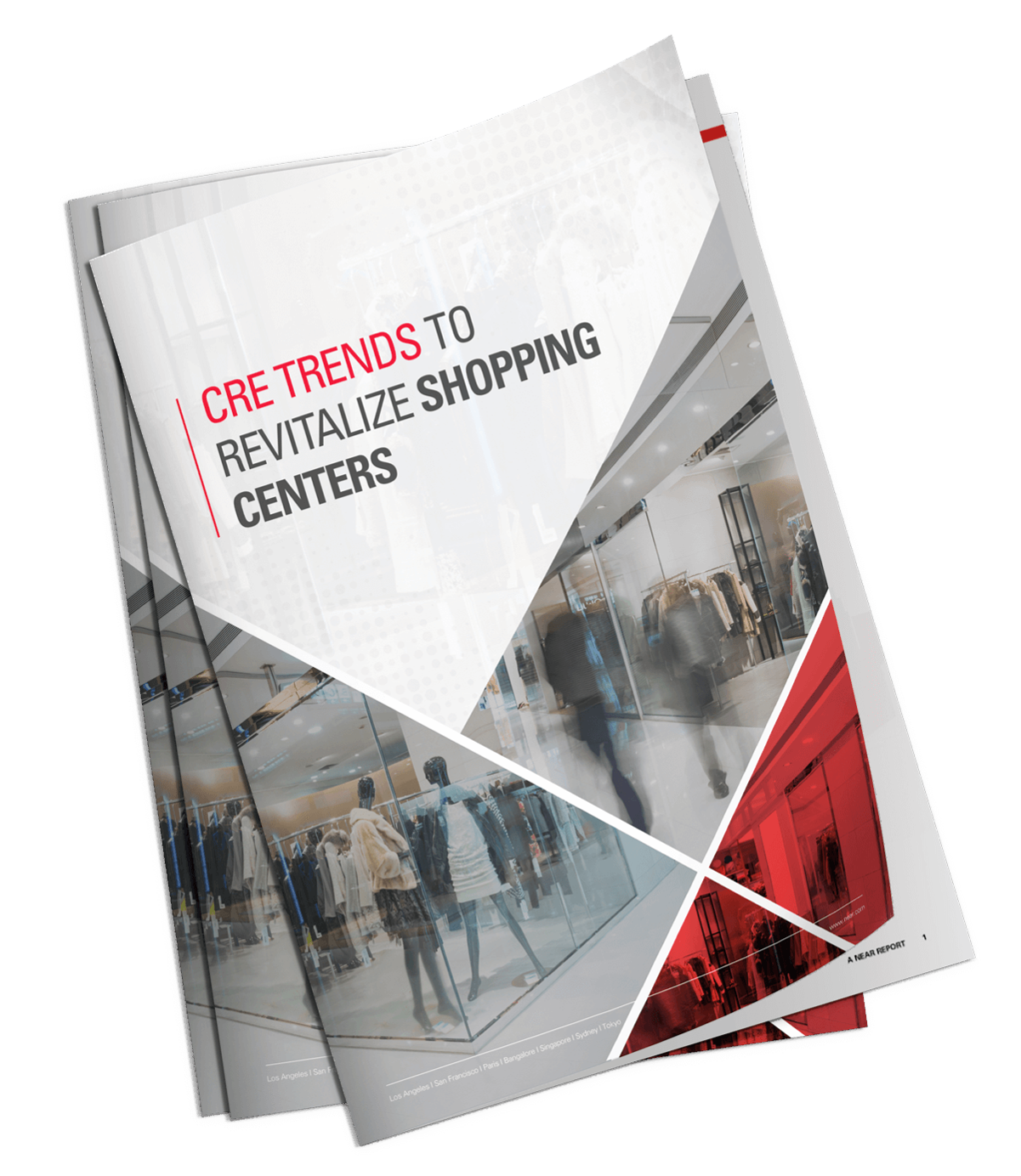CRE Trends to Revitalize
Shopping Centers
In recent years, shopping centers have had to rethink anchor locations with a more diverse set of tenants - from grocery stores and big box retailers to experiential locations. But when it comes to boosting the overall shopping center, not all anchors are created equal.
To understand the emerging trends in shopping centers, Azira analyzed consumer behavior data for malls across the US. Read the report to discover the insights and learn how they can be applied to your location.
Get the Report

CRE Trends to Revitalize Shopping Centers
HOW
are shopping centers
doing overall?
WHAT
5 trends are helping boost
shopping center performance?
WHICH
insights from consumer behavior
data can drive CRE strategy?
How are Shopping Centers Doing Overall?
When looking at the performance of shopping centers overall, in the past year visitation to malls increased by 19% compared to 2021. This growth shows increasing eagerness of US consumers to return to normalcy when it comes to shopping, dining, and entertainment.
However, some shopping centers are outperforming others by emphasizing some key features. One factor is to understand the distance people are willing to travel to each type of anchor versus the mall overall.
What CRE Trends are Boosting Shopping Center Performance?
Based on the footfall insights across different types of shopping centers, we identified the CRE trends to revitalize shopping centers and adapt to changing consumer preferences:

Prioritize unique experiences
As the retail landscape changes in response to consumer behavior, shopping centers are becoming experience centers, with stores offering interactive experiences and entertainment. Those that have responded best offer truly unique experiences that are hard to find elsewhere. In terms of overall performance, malls with Experiential anchors have fared best the past few years, offering experiences ranging from mini-theme parks to art installations and more.
Make food a main draw
The food court is always one of the busiest places in a mall, so it’s unsurprising that having a great assortment of food is a top draw for shoppers. Beyond the standard food and beverage options, Eatertainment venues combine dining and experiences like bowling, mini golf, movies and more. While casual dining chains have struggled in recent years, Eatertainment has thrived thanks to more upscale menus and a focus on the experience. Consumers spent longer in Eatertainment anchors than any other type - spending a median of 60 minutes in an Eatertainment venue.


Diversify into Healthcare Facilities
Having medical offices and medtail in malls offers several opportunities for both the medical industry and mall owners. Medical offices can bring in additional foot traffic to malls, potentially leading to increased revenue for the mall owners and other retailers. This trend has been growing in a couple of ways, both through malls having healthcare anchors, as well as a growing number of medtail chains providing medical, vision, dental and other health-related services in traditional retail locations. Among the malls we studied, the healthcare anchors drew visitors from the farthest median distance - 13.6 miles - even surpassing experiential anchors.
How Consumer Behavior Data Can Inform Decisions
If there’s any one constant when it comes to consumer behavior, it’s change. The trends that are resonating now are likely to be different in a few years, or even a few months. In order to stay on top of the changes, it’s critical to leverage consumer behavior data to personalize the shopping experience, focusing on creating engaging and convenient experiences that keep customers coming back for more.
By utilizing consumer behavior data, shopping centers can:
Understand
shopper movement patterns
LEVERAGE
insights to attract the right tenants
KEEP UP
with market research
Reliable system
From direct integrations with card networks and banks to checkout flows in the browser, we operate on and optimize at every level of the financial stack.
Interested in seeing all the trends, and learning how these strategies have been successfully deployed at shopping malls across the US?
